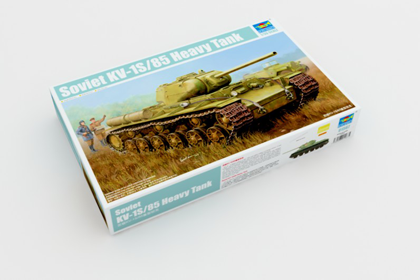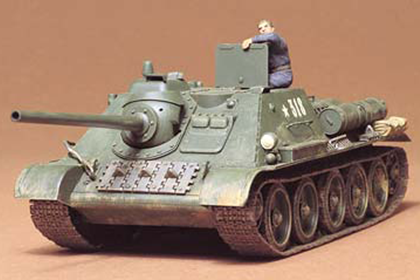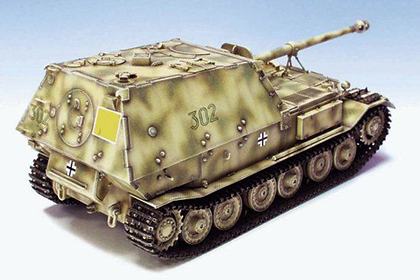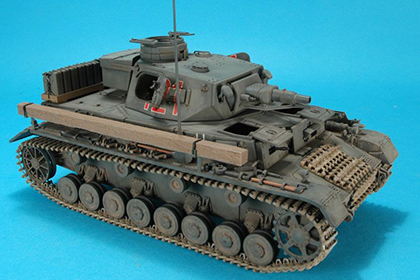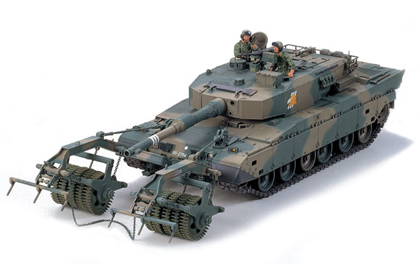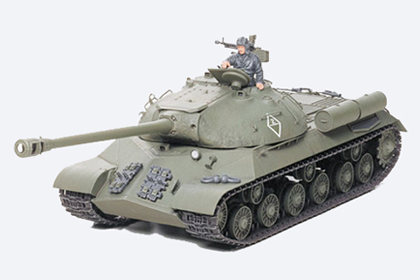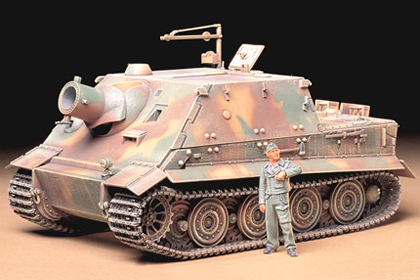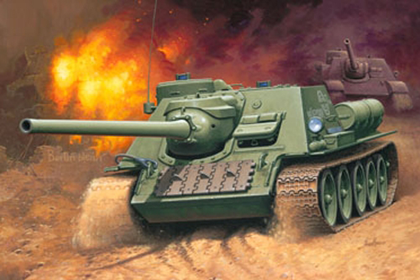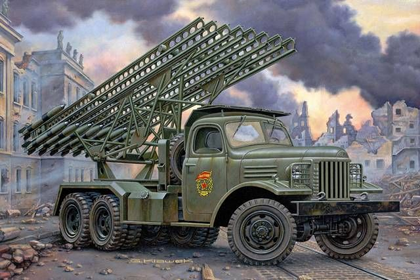This is the Dragon 6259 kit in 1/35 scale, of the ‘German 15cm s.IG.33 (Sf) auf Pz.Kpfw.I Ausf.B’, sometimes referred to as the Sturmpanzer I Bison.
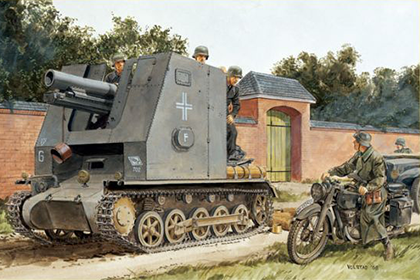
History
It was recognized early on that mobile artillery could provide invaluable fire support to tank units, so the mounting of a 150mm s.IG.33 infantry gun resulted in a vehicle known as an s.IG.33 (Sf) auf Pz.Kpfw.I Ausf.B. The gun was mounted in a tall, boxy superstructure, though the chassis of the Panzer I was overstressed by the extra weight. The armored shield was only 10mm thick and could only offer front and side protection, plus there was no space for spare ammunition to be carried.
Ultimately, this ungainly and top-heavy artillery piece wasn’t a great success and only 38 were converted in February 1940 by Alkett. These guns served in the Battle of France and beyond, though as the war progressed, the 150mm s.IG.33 gun would be mounted on alternative chassis too.
Manufacturer
Where I got it
- Stoppel Hobby (April 2013)
